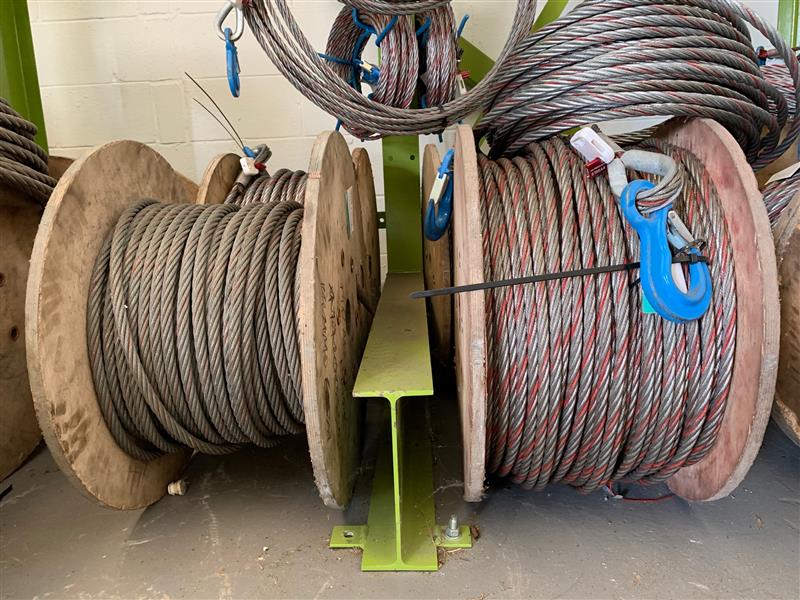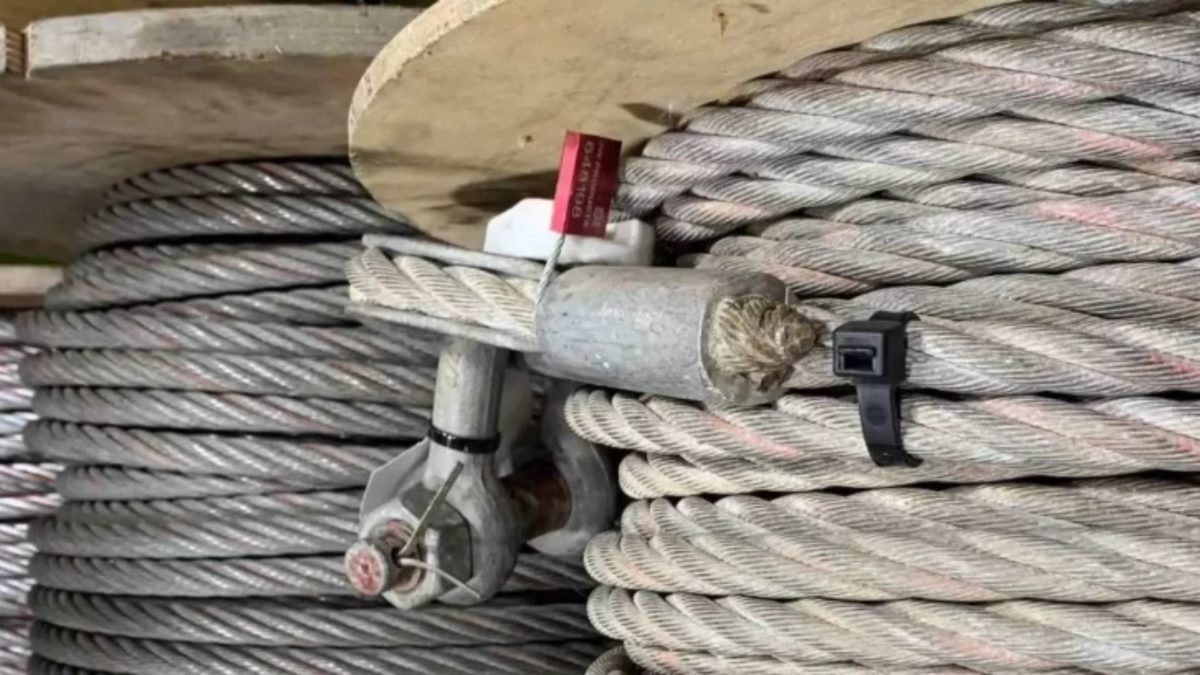Evolving Fibre Rope Technology
Significant advancements in fibre rope technology have occurred in recent years, leading to a surge in customer inquiries for its use in various projects. To meet this growing demand, we at Rotrex Winches have heavily invested in our fibre rope capabilities. Currently, we are involved in two major wind farm projects in Taiwan that utilise fibre ropes. These winches with fibre ropes pull cables from offshore substations to land due to their buoyant properties.
While steel ropes have long been the primary choice, the burgeoning technology around fibre ropes is shifting the landscape. As awareness of their performance benefits increases, fibre ropes are gaining traction. Nevertheless, our dedication to steel ropes remains unwavering, and we continue to offer the right product for every situation.
Advantages of Fibre Rope
Fibre ropes, up to seven times lighter than steel ropes and easier to handle, offer significant advantages. They are compatible with water and corrosive environments, where they can resist rust damage and degradation. Fibre ropes are ideal for offshore projects or marine and port operations.
Additionally, fibre ropes are safer than steel ropes, as they do not snap back if broken, reducing the risk of injury for those working nearby. While more flexible than steel ropes, fibre ropes have lower strength and crush resistance.
Benefits of Steel/Wire Cable
Steel or wire cables, typically stronger than fibre ropes, are ideal for winching or lifting heavy equipment. They offer greater crush resistance and a higher nominal strength compared to fibre ropes, but they are not as flexible. When using steel cables, it is essential to lubricate them to minimize damage not only to the rope but also to any equipment or objects it may come into contact with. Lubrication helps prevent rusting, which shortens the lifespan of your rope and makes it prone to breaking.
One advantage of steel rope over synthetic rope is its increased resistance to cutting or melting. Steel ropes can be used in environments over 60°C (140°F) without losing their lifting capacity, whereas fibre ropes typically lose capability at around 65°C (150°F).

Steel or Fibre: Which Is Best For You?
There is no definitive answer to which rope is best, as it depends on the specific requirements of your project. Fibre rope is durable, strong, and a safer choice for marine and smaller equipment applications. For larger rigging, lifting, or winching projects where rust and damage are not primary concerns, wire/steel rope is the optimal choice.
Rope Spooling & Testing
We provide rope spooling on both hired and purchased winches. Purchase rope from Rotrex to be spooled or bring your own and we will be happy to professionally fit it for you. Whether fibre or steel, Rotrex has the capability to spool rope onto winches of every size thanks to our 250t test bed and workshops.
We also have the ability to test the WLL of rope and our engineers frequently check both our fibre and steel ropes for damage to make sure nothing leaves the depot that isn’t to our standards.
Talk To A Specialist
Need rope spooled onto your winch or advice on the best rope for you? Get in touch with us via our web contact form, or by emailing us at sales@rotrexwinches.co.uk.
Alternatively, you can call us on 01773 603997. A member of our dedicated team will be pleased to assist you with any enquiries you may have, and get the ball rolling for your project.

